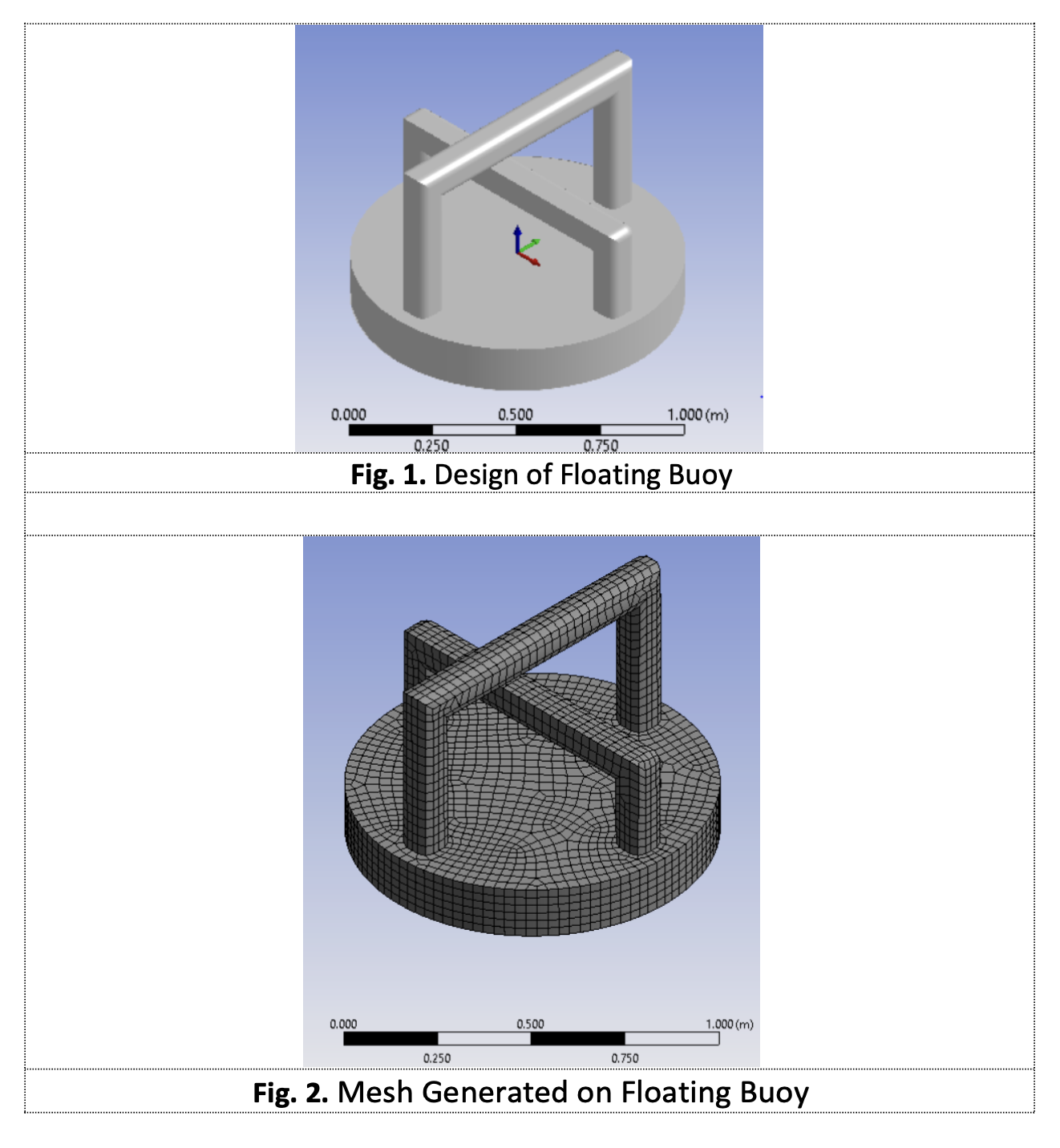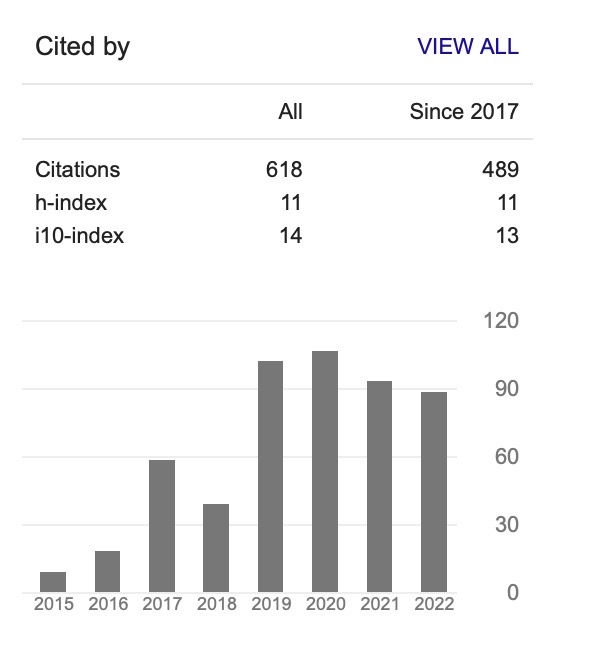The Stability Analysis Of Floating Buoy As A Wave Energy Harvester For Malaysian Coastal Area
DOI:
https://doi.org/10.37934/aram.96.1.16Keywords:
Stability analysis, floating buoy, wave energy harvester, Malaysia coastal areaAbstract
These days, the problems of the energy crisis and environmental pollution are rapidly getting worse. As a result, using renewable energy sources like solar, wind, and ocean energy serves as an alternative to the current conventional energy. The fastest-growing renewable energy source to produce electricity is ocean wave energy, which is also pollution-free. While ocean wave energy harvesting is not fully developed in Malaysia, there are some potential opportunities for it to be explored. There is a lack of stability in the wave energy harvester prototypes currently in use. Therefore, the aim of this study is to design a stable floating buoy as a wave energy harvester for the Malaysian coastal area and to conduct a stability analysis on the proposed design. In this study, the design of the floating buoy was based on the composition of previous studies done for power generation which is the NAHRIM’s Coastal Defense and Energy Generator (N-CODE). Commercial software was used as a medium to evaluate the stability performance of floating buoys in terms of hydrostatic and hydrodynamic analyses. The wave amplitude was regulated between 0.1 m and 1.0 m while the wave frequency was kept constant at 0.5 Hz. This floating buoy shows a significant result for stability in static conditions since its metacentric height is greater than the centre of gravity. Finally, it has been determined that the floating buoy concept is viable in the Peninsular Malaysian coastal region, where the floating buoy can endure 1.0 m of wave amplitude.








